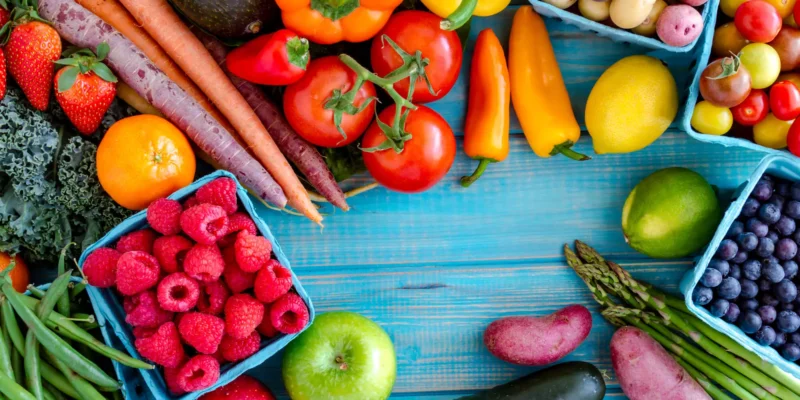Due to a greater need to adapt to survive in their environment, foods grown in the wild, or even organically, are better for us than intensively farmed produce since they produce higher levels of polyphenols.
While all plants have these stress-response systems, only certain ones have developed to produce noteworthy amounts of sirtuin-activating polyphenols. We call these plants Sirtfoods. Their discovery meant that instead of austere fasting regimens or arduous exercise programs, the Sirtfood Diet is the new way to activate your sirtuin genes: eating a diet abundant in Sirtfoods. Best of all, this involves putting (Sirt)foods onto your plate, not taking them off!
It’s so beautifully simple and so easy it seems like there must be a catch. But there isn’t. This is how nature intended us to eat, rather than the stomach rumbling or calorie counting of modern dieting. Many of you who have experienced these hellish diets, where initial weight loss is fleeting before the body rebels and the weight comes piling back on, will understandably shudder at the thought of another false promise, another diet system boasting the dreaded “diet” word. But remember this: the modern approach to diet is only 150 years old; Sirtfoods were developed by nature more than a billion years ago.
SIRTFOODS And Their Corresponding Major Sirtuin-Activating Nutrients
1. arugula or rocket (quercetin, kaempferol)
2. buckwheat (rutin)
3. capers (kaempferol, quercetin)
4. celery, including its leaves (apigenin, luteolin)
5. bird’s -eye chilli (luteolin, myricetin)
6. cocoa (epicatechin)
7. coffee (caffeic acid)
8. extra virgin olive oil (oleuropein, hydroxytyrosol)
9. garlic (ajoene, myricetin)
10. green tea (epigallocatechin gallate [EGCG])
11. lovage (quercetin)
12. Medjool dates (gallic acid, caffeic acid)
13. parsley (apigenin, myricetin)
14. red chicory or endive (luteolin)
15. red onion (quercetin)
16. red wine (resveratrol, piceatannol)
17. soy (formononetin)
18. strawberries (fisetin)
19. turmeric (curcumin)
20. walnuts (gallic acid)


Comments